Best Nikon lenses 2022: 20 top lenses for Nikon DSLRs
The top lenses available for your Nikon DSLR
You'll often hear it said that a camera is only as good as the glass attached to it. FX (full-frame) format Nikon bodies like the D810 and D850 certainly set the bar high, with high-pixel-count sensors that draw attention to any shortfall in sharpness. But it's also true that there’s more to a good lens than just its ability to resolve fine detail.
In the real world, you'll find that handling is a key factor to consider. You'll also need accurate and fast autofocus to help you get those shots that others might miss. Effective optical stabilization can also make the difference between images that win awards, versus those that are only fit for the trash.
It’s certainly not always the case that own-brand Nikon lenses outperform competitors from independent manufacturers like Sigma and Tamron
It's not just about sharpness either. You also want high contrast, even when shooting wide-open at the largest available aperture. We're also keen to look for minimal distortion, color fringing as well as resistance to ghosting and flare. Reasonably low vignetting (where the corners of the image are dark) is also something to look out for. Such shortfalls can often be corrected in-camera, or in post-production software such as Photoshop - but it's always better to get it right in the first place if you can.
Don't be fooled into thinking that own-brand Nikon lenses are the go-to options for best performance. Independent manufacturers like Sigma and Tamron have produced some corkers, while they generally offer much more of a bargain.
Based on our extensive lab tests and ‘real-world’ testing, we’re proud to present our top 10 lenses in a wide range of popular categories, as well as great-value alternatives to suit tighter budgets. Let’s take a closer look at all the winners.

Best Nikon lenses for FX format DSLRs in 2022:
Why you can trust TechRadar
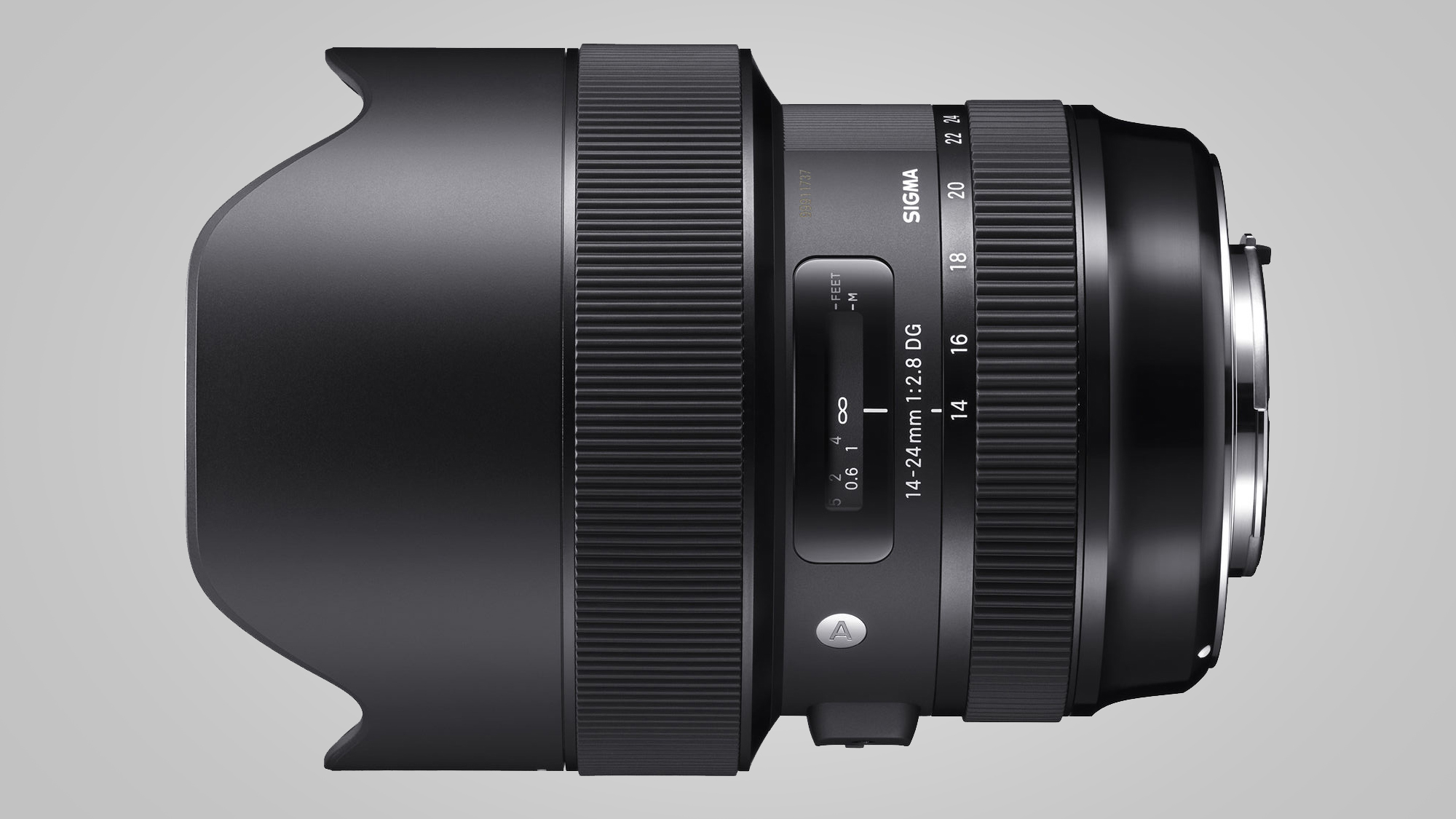
Wide-angle zoom: Sigma 14-24mm f/2.8 DG HSM | A
Specifications
Reasons to buy
Reasons to avoid
Sigma made big news when it upgraded its 12-24mm Mk II lens to the constant-aperture f/4 Art edition. Image quality is better, distortion is reduced, and you get the same monster maximum viewing angle. Even so, we prefer the newer 14-24mm lens, which forms part of Sigma’s ‘holy trinity’ of f/2.8 zooms, along with the 24-70mm Art and 70-200mm Sports.
Optical finery includes an ultra-high-precision moulded glass aspherical front element, which represents a significant engineering challenge due to its large size. There are also three top-grade FLD (‘Fluorite’ Low Dispersion) elements and three SLD (Special Low Dispersion) elements.
Whereas Sigma’s 12-24mm Art lens has a weather-sealed mounting plate, the 14-24mm gains a full set of weather seals, while also inheriting a fluorine coating on the front element to repel moisture and grease, and to aid easy cleaning. Image quality is gorgeous in all respects, with incredible sharpness and contrast and practically no distortion, which is a real achievement in such a wide-angle zoom. Overall performance and image quality are better than in Nikon’s much pricier 14-24mm lens so, while the Sigma isn’t a cheap lens, it’s nevertheless great value.
Great-value option: Tamron SP 15-30mm f/2.8 Di VC USD
It’s not quite as ultra-wide as the Sigma, but this Tamron undercuts it for cost, while adding optical stabilization and a faster f/2.8 aperture rating.

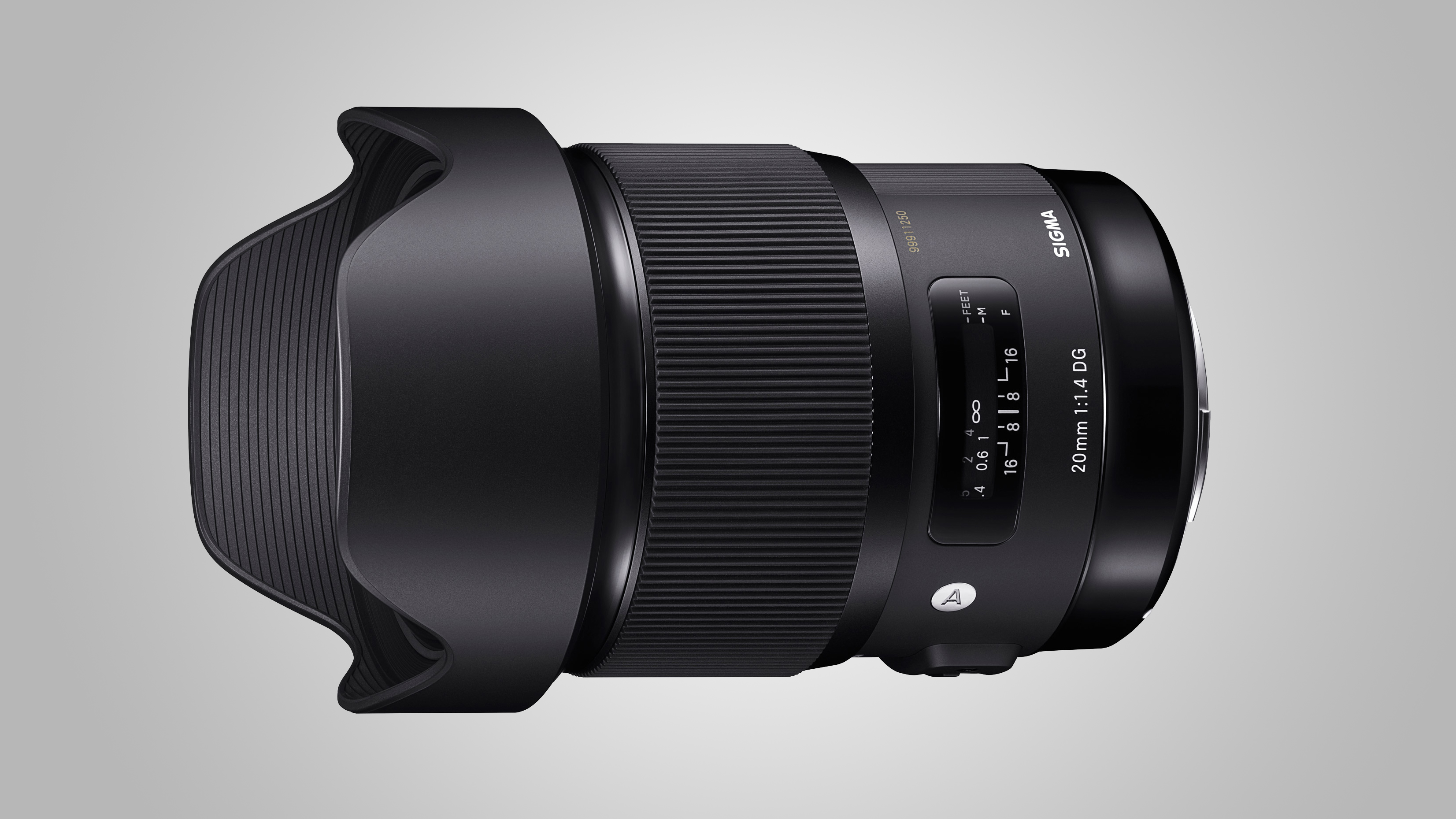
Wide-angle prime: Sigma 20mm f/1.4 DG HSM | A
Specifications
Reasons to buy
Reasons to avoid
You can trust your creative potential to Sigma's 'Art' range, which has been designed to be as sharp as possible, while also producing beautiful blurred backgrounds. The company has a large selection of f/1.4 primes to choose from, but this is the widest available (there is also a 14mm f/1.8 lens). Image quality is superb, while build quality - although on the chunky side - is nothing short of spectacular.
Great-value option: Irix 15mm f/2.4 Firefly
It lacks autofocus, but this is a fabulous manual-focus lens that’s beautifully built and a real joy to use. The ‘Blackstone’ edition adds a couple of extra luxuries, but the Firefly is unbeatable value.

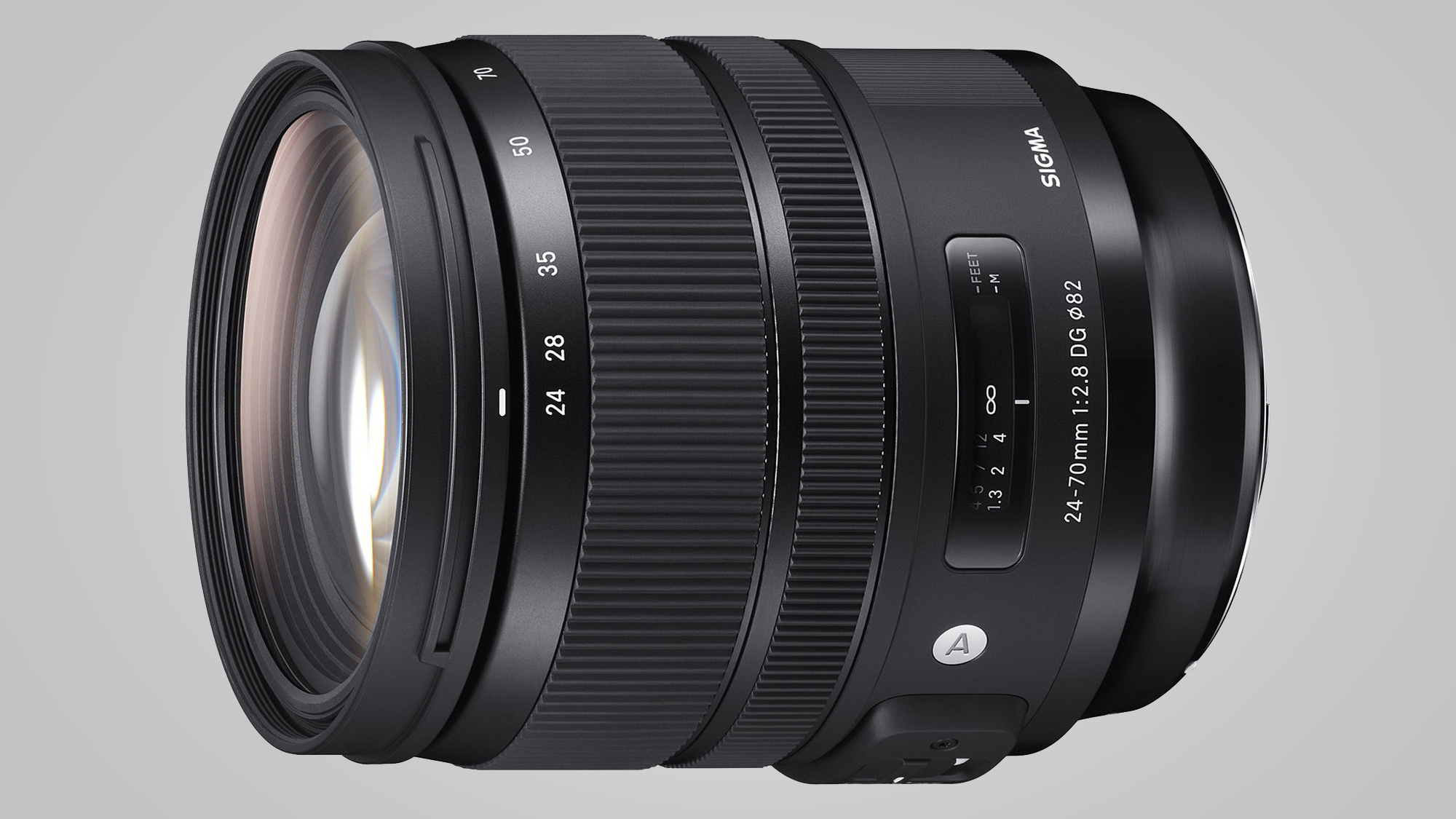
Standard zoom: Sigma 24-70mm f/2.8 DG OS HSM | A
Specifications
Reasons to buy
Reasons to avoid
The pro-grade choice for a standard zoom on FX format bodies is usually a 24-70mm f/2.8, which combines a useful zoom range with a fairly fast aperture rating that remains constant at all focal lengths. They tend to be pretty weighty but, while this Sigma only weighs marginally less than Nikon’s latest offering, it’s only about two-thirds of the physical length and less than two-thirds of the price. Better still, there’s absolutely no compromise in build quality, image quality or overall performance.
The construction of the lens feels very robust, and features a weather-seal ring on the plated brass mounting plate. Zoom and focus rings are silky-smooth in operation, and the ring-type ultrasonic autofocus system is both very rapid and whisper-quiet. Two switchable autofocus modes give priority to either autofocus or manual override. In the latter, you don’t need to wait for autofocus to lock on before manually overriding it by twisting the focus ring, and you can also apply manual override in AF-C (Continuous) mode. The optical stabilizer has a four-stop effectiveness.
Sharpness and contrast are simply superb, throughout the entire zoom range, even when shooting wide-open at f/2.8. In our tests, it beat the much pricier Nikon 24-70mm VR in this respect, as well as delivering less color fringing at short to medium zoom settings, and less barrel and pincushion distortion at the short and long ends of the zoom range respectively.
Great-value option: Tamron SP 24-70mm f/2.8 Di VC USD G2
The G2 (Generation 2) edition of Tamron’s 24-70mm lens combines excellent image quality with a tough build and great handling. The original edition is still on sale as well, and rather less expensive to buy.

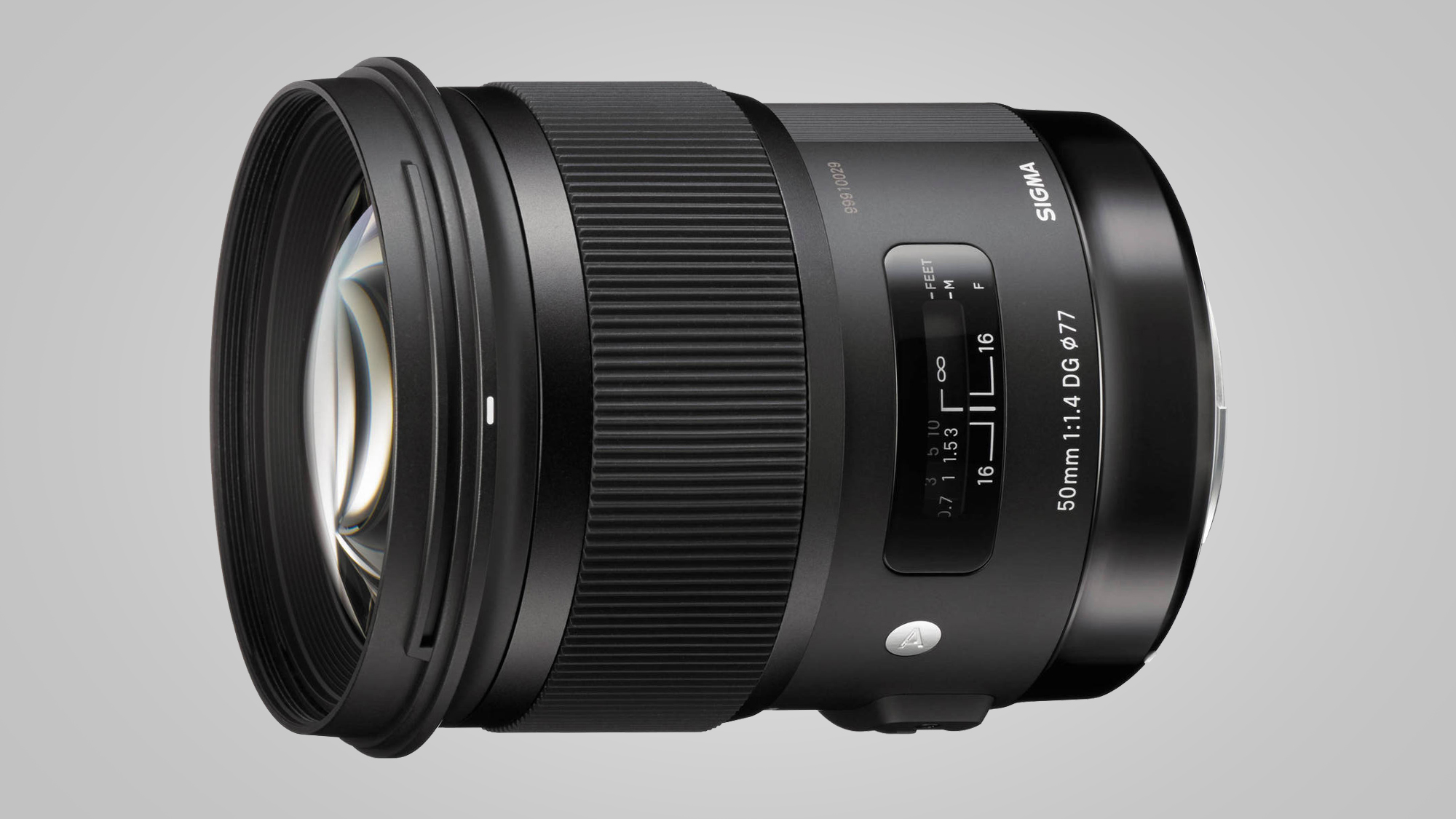
Standard prime: Sigma 50mm f/1.4 DG HSM | A
Specifications
Reasons to buy
Reasons to avoid
As a classic ‘nifty fifty’ with a 50mm focal length and fast f/1.4 aperture rating, Nikon’s AF-S 50mm f/1.4G is only about half the length and a third of the weight of this Sigma lens, and rather less expensive to buy. However, the Nikon lens has a relatively antiquated design with a basic optical path featuring just eight elements. The Sigma is a much more modern, high-tech affair with no less than 13 elements in its optical line-up. These include one aspherical element and three SLD (Special Low Dispersion) elements.
Typical of Sigma’s Art and Sports lines, the 50mm f/1.4 has a super-fast yet whisper-quiet ring-type ultrasonic autofocus system, complete with the usual full-time manual override facility. In our tests, autofocus proved very accurate and highly consistent, which can be a struggle when shooting with any DSLR in conjunction with such a wide-aperture lens.
Sharpness itself is rather better than with the Nikon 50mm f/1.4 lens, especially towards the edges and corners of the frame, and when shooting at wide apertures. Further plus points include negligible colour fringing, even at the extreme corners of the frame, and absolutely negligible distortion. All things considered, it’s simply the best 50mm lens on the market for Nikon DSLRs and well worth the weight gain.
Great-value option: Nikon AF-S 50mm f/1.4G
Compared with the ‘budget’ Nikon AF-S 50mm f/1.8G, this f/1.4 lens is about twice the price, but still rather less expensive than the Tamron. It’s nice and sharp, but you do forego stabilization.


Superzoom: Nikon AF-S 28-300mm f/3.5-5.6G ED VR
Specifications
Reasons to buy
Reasons to avoid
Travel photographers are often drawn towards superzoom lenses as it means you only have to carry one optic with you. However, when a lens like this tips the scales at 800g, it kind of loses its appeal for that purpose. That said, if you're an event or wedding photographer who finds they need to quickly - and often - switch between wide-angle and telephoto shooting, a lens like this can be a godsend. You'll have to compromise on image quality - this is a lens which is 'good' rather than 'great', but in terms of flexibility, nothing beats it.
Great-value option: Tamron 28-300mm f/3.5-6.3 Di VC PZD
It’s a cheaper option than Nikon’s FX-format superzoom and delivers similar image quality, but the autofocus system is comparatively basic and build quality doesn’t feel quite as good.

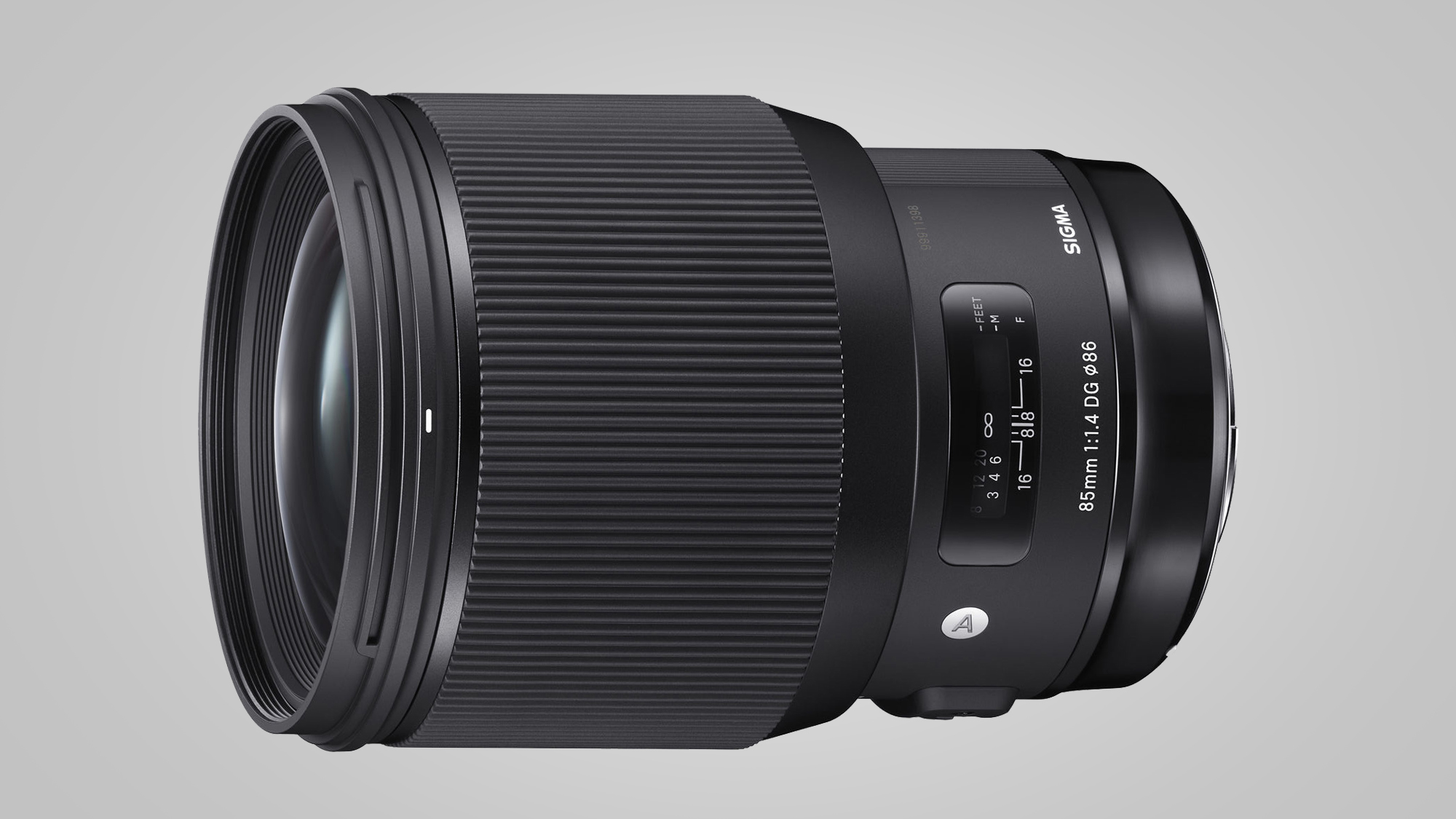
Portrait prime: Sigma 85mm f/1.4 DG HSM | A
Specifications
Reasons to buy
Reasons to avoid
Sigma’s recent Art and Sports lenses have a reputation for being on the weighty side and this 85mm f/1.4 is certainly no exception. It tips the scales at 1,130g, making it nearly three times the weight of Nikon’s own 85mm f/1.4. As with the two contrasting Nikon and Sigma 50mm f/1.4 lenses, however, the Sigma has a more complex design, this time based on 14 optical elements compared with the Nikon’s ten. The Sigma goes all out for image quality, with absolutely no concessions to compactness. Even so, it’s much less expensive to buy than the competing Nikon lens.
One slight disappointment is that the lens lacks an optical stabilizer and, given the 85mm telephoto focal length, you’ll need a steady hand to avoid camera-shake. That said, the fast f/1.4 aperture rating helps to enable fast shutter speeds even under fairly dull ambient lighting. Better still, levels of sharpness remain outstanding, even when shooting wide-open at f/1.4. At wide apertures, bokeh is wonderfully soft and dreamy. There’s often a slight ‘onion ring’ effect in defocused light sources when using Sigma Art lenses but it’s particularly minimal with this lens. For portraiture and any other time you need a fast, short telephoto lens, this one’s a cracker.
Great-value option: Nikon AF-S 85mm f/1.8G
This Nikon lens is a bargain if you’re willing to stick with f/1.8 rather than stretching to an f/1.4 aperture, although it doesn’t feature stabilization.

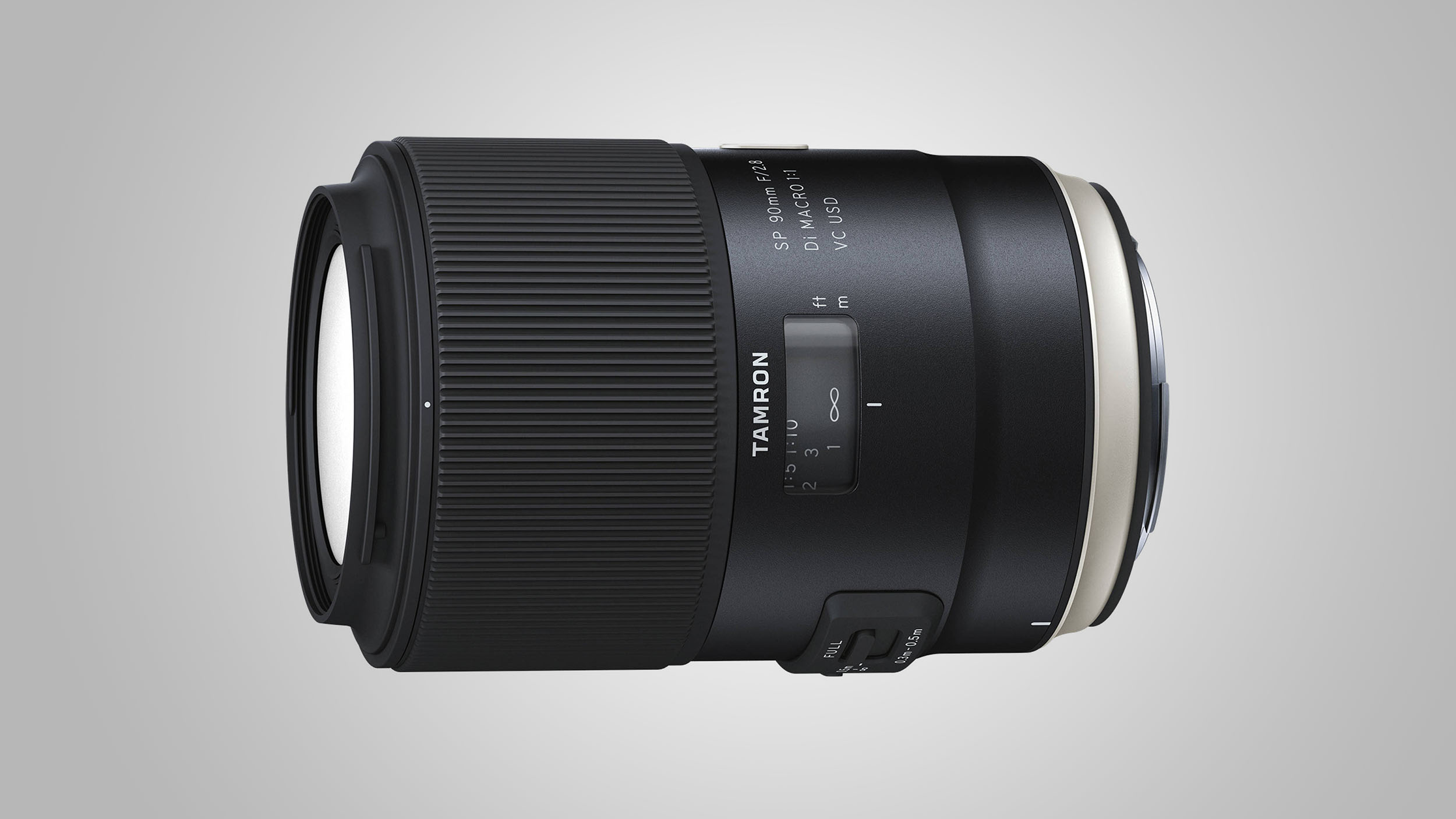
Macro prime: Tamron SP 90mm f/2.8 Di VC USD Macro
Specifications
Reasons to buy
Reasons to avoid
This lens isn't cheap, but it's still a chunk cheaper than Nikon's popular AF-S 105mm f/2.8 G IF ED VR Micro lens. It also gives you a hybrid optical stabilization system which counteracts the shift in vertical and horizontal axes, as well as correcting for vibration and wobble. What that means is that sharpness is seriously impressive, especially for close-up shots. This lens proved to be a little sharper in our tests for extreme close-ups, with defocused areas being just a touch smoother, too.
Great-value option: Sigma 105mm f/2.8 EX DG OS HSM Macro
It lacks the Tamron’s hybrid stabilization system and weather seals, but has refined handling and delivers superb image quality.

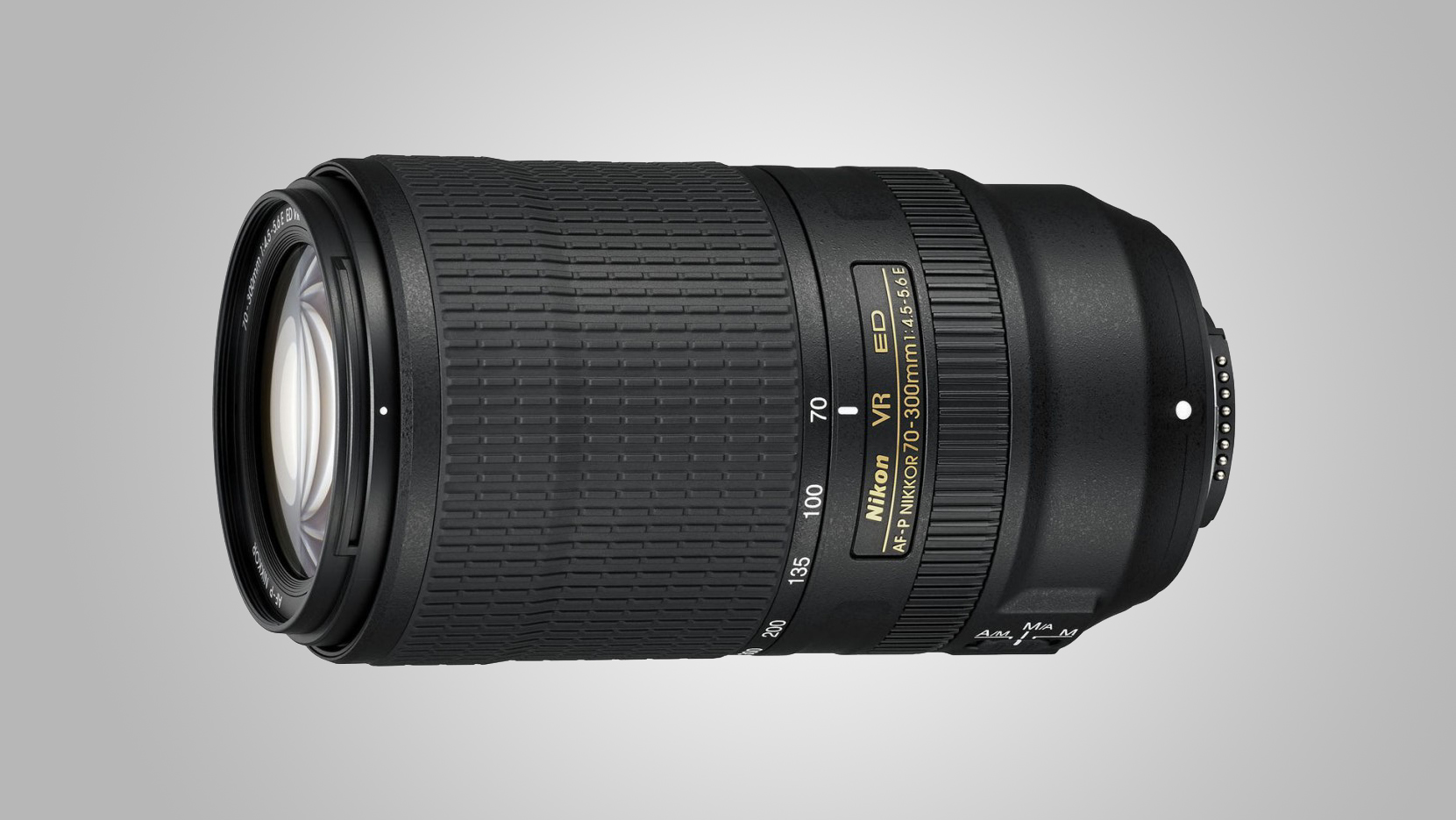
Budget telephoto zoom: Nikon AF-P 70-300mm f/4.5-5.6E ED VR
Specifications
Reasons to buy
Reasons to avoid
Back in the day, the 70-300mm ED lens for film SLRs which hugely popular. The later VR edition was also a big hit among DSLR shooters. This is the replacement fro those lenses, and includes newer technology, such as an AF-P (pulse) autofocus system which is based on a stepping motor. That means you get super fast performance for shooting stills, as well as smooth and virtually silent transitions for movie shooting. It also features an electromagnetically controlled diaphragm, for more consistent apertures in rapid-fire shooting using fast continuous drive mode. On top of that, you get Nikon’s Sport VR mode, which makes it easier to track erratically moving subjects in the viewfinder. However, the AF-P autofocus and electromagnetic diaphragm control make the lens incompatible with some older DSLRs, and the relatively expensive price tag stretches the notion of a ‘budget telephoto zoom’.
Read our in-depth Nikon AF-P 70-300mm f/4.5-5.6E ED VR review
Great-value option: Tamron SP 70-300mm f/4-5.6 Di VC USD
As well as being our top pick for DX-format cameras, thanks to its good performance and relatively inexpensive price, this Tamron is also a smart budget buy for FX bodies.

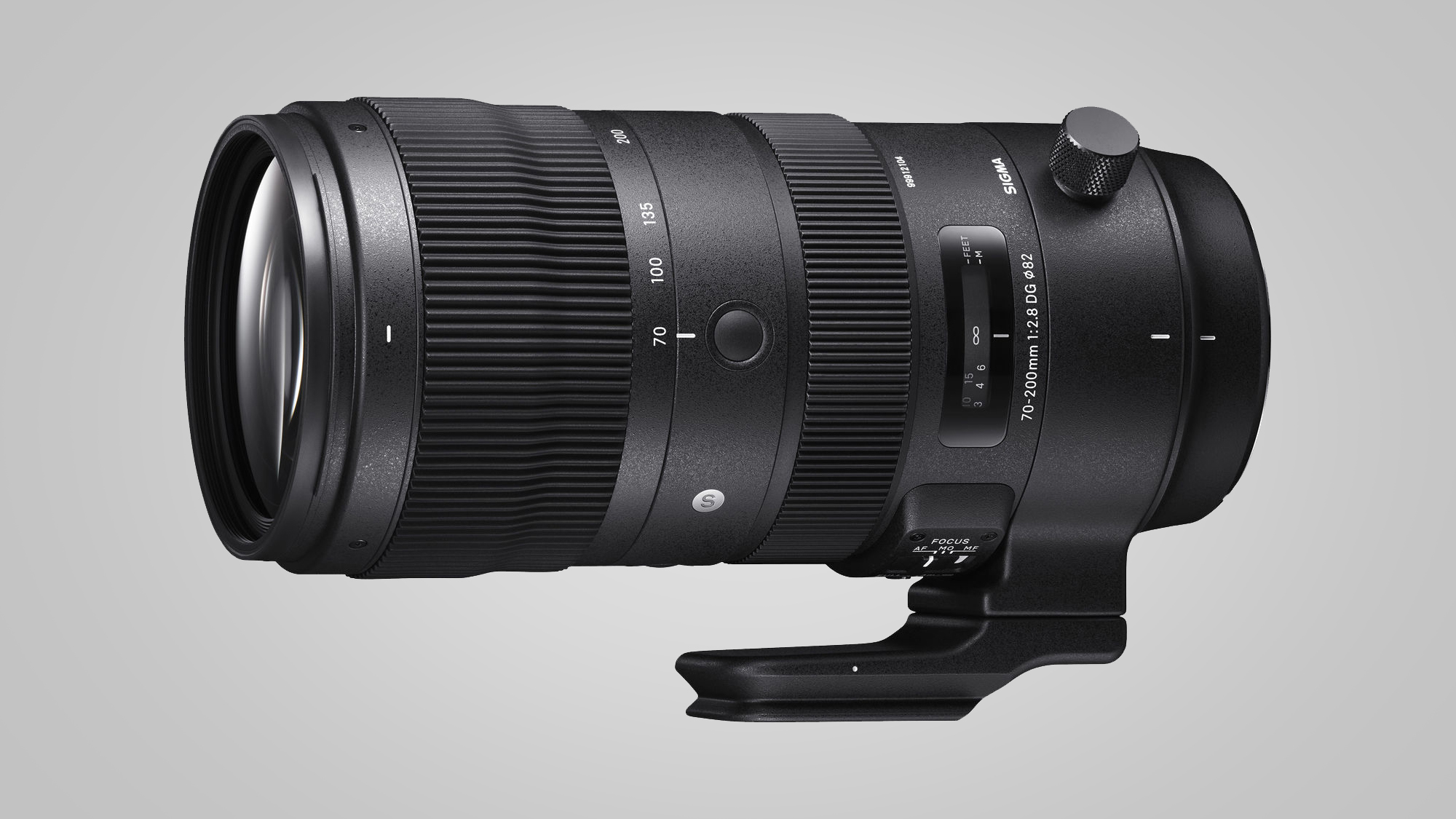
Fast telephoto zoom: Sigma 70-200mm f/2.8 DG OS HSM | S
Specifications
Reasons to buy
Reasons to avoid
Until fairly recently, the Nikon AF-S 70-200mm f/2.8E FL ED VR was the best ‘money no object’ telephoto zoom and the Tamron SP 70-200mm f/2.8 Di VC USD G2 was the most ‘sensible’ buy. Both have now been overtaken by Sigma’s updated 70-200mm zoom, which gains a ‘Sports’ badge and joins the company’s Global Vision line-up.
Although very reasonably priced for a 70-200mm f/2.8 zoom, the Sigma boasts a top-notch optical path based on 24 elements in 22 groups, incorporating no less than nine FLD (‘Fluorite’ Low Dispersion) elements and one SLD (Special Low Dispersion) element, along with a particularly well-rounded 11-blade aperture.
Handling highlights include three customizable AF-on/AF-hold buttons around the barrel. There’s also a dual-mode autofocus system in which you can switch priority between autofocus and manual override. Further switches give access to an autofocus range limiter, static and panning stabilization modes, and two optional ‘custom’ modes. You’ll need Sigma’s optional USB Dock to set these up, enabling custom settings of autofocus speed, how much the stabilization effect is viewable in the viewfinder, and where the cut-off distance is for the autofocus range limiter.
It’s an absolutely first-class lens and a real bargain at the price. However, it’s bigger and heavier than most competing 70-200mm f/2.8 lenses, and only the foot of the tripod collar can be removed rather than the whole assembly.
It’s an absolutely first-class lens and a real bargain at the price. However, it’s bigger and heavier than most competing 70-200mm f/2.8 lenses, and only the foot of the tripod collar can be removed rather than the whole assembly.
Great-value option: Tamron SP 70-200mm f/2.8 Di VC USD G2
This directly competing second-generation Tamron’s 70-200mm f/2.8 lens is very nearly as good as the own-brand Nikon, but costs about half the price.

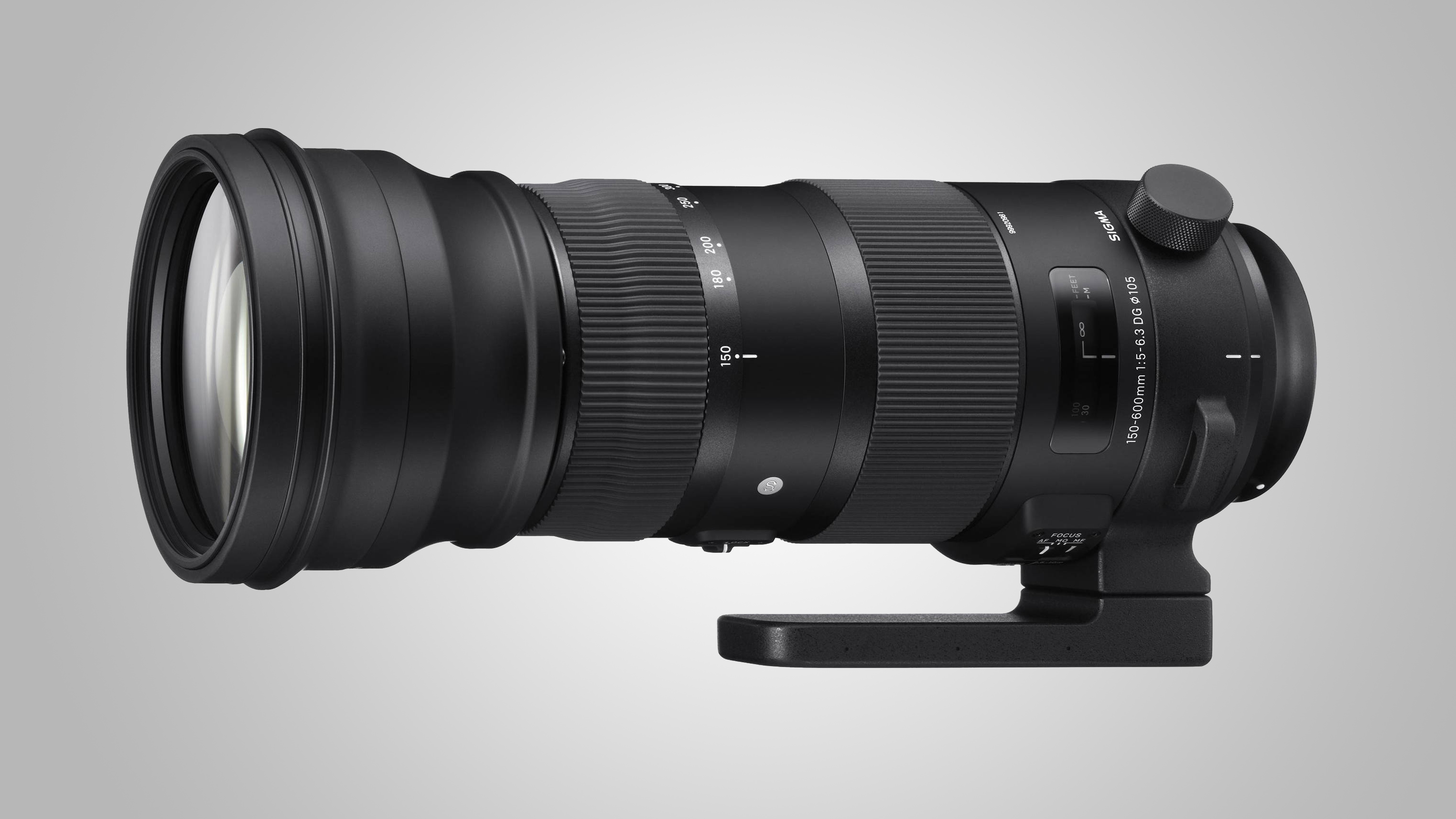
Super-telephoto zoom: Sigma 150-600mm f/5-6.3 DG OS HSM | S
Specifications
Reasons to buy
Reasons to avoid
Reasonably unusually for a Sigma lens, this offering gives you a full set of weather-seals, while there's a whole range of other high-tech specs. Auto and manual priority autofocus modes are available, and the clever zoom lock mechanism enables you to lock the position at any marked focal length, rather than just at the short end of the zoom range. Image quality is fantastic with superb sharpness and excellent contrast all the way to the maximum telephoto reach, while distortion and color fringing is kept to a minimum. Fast-moving subjects won't be beat by the ring-type autofocus system either, making this a smart choice for action shooters.
Great-value option: Sigma 150-600mm f/5-6.3 DG OS HSM | C
Nearly a kilogram lighter in weight, this Contemporary lens retains many of the advanced features of the Sport edition, but is cheaper to buy and less of a strain in handheld shooting.

- 1
- 2
Current page: Best Nikon lenses for full-frame DSLRs
Prev Page Best Nikon lenses for APS-C DSLRsGet daily insight, inspiration and deals in your inbox
Sign up for breaking news, reviews, opinion, top tech deals, and more.